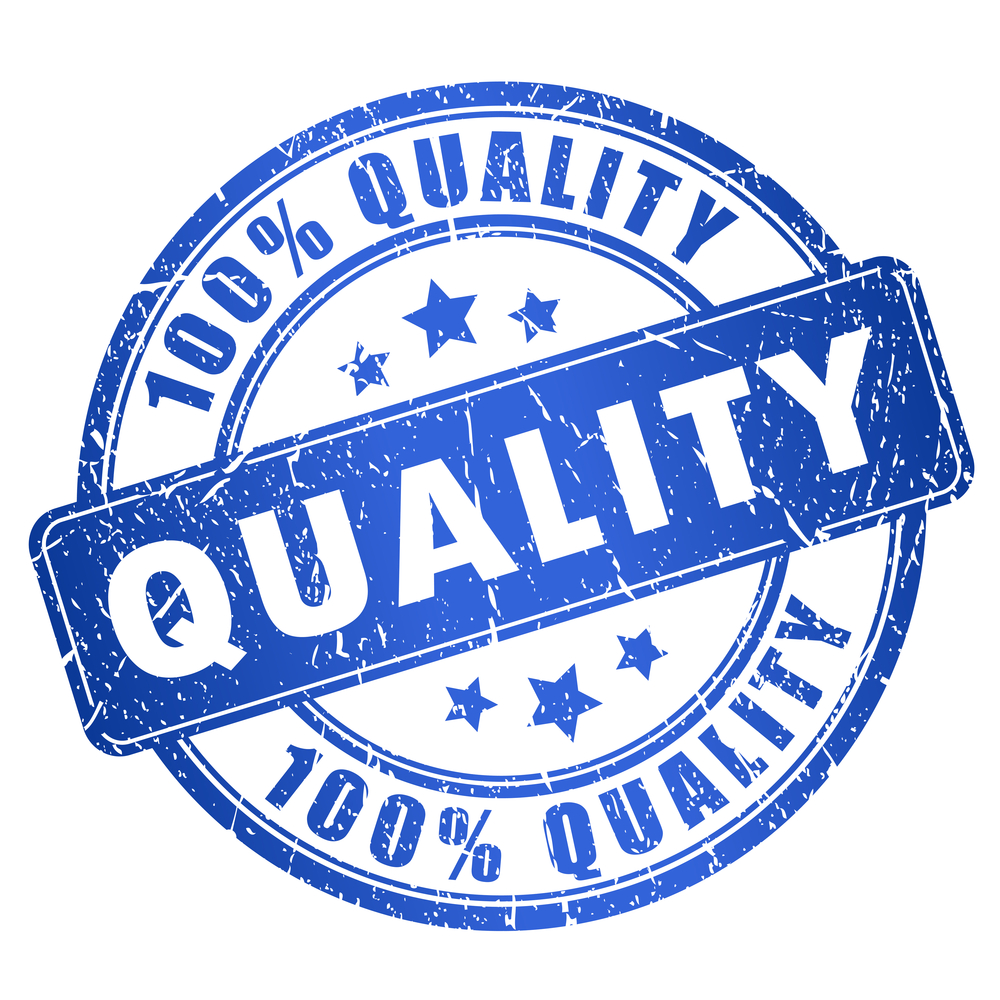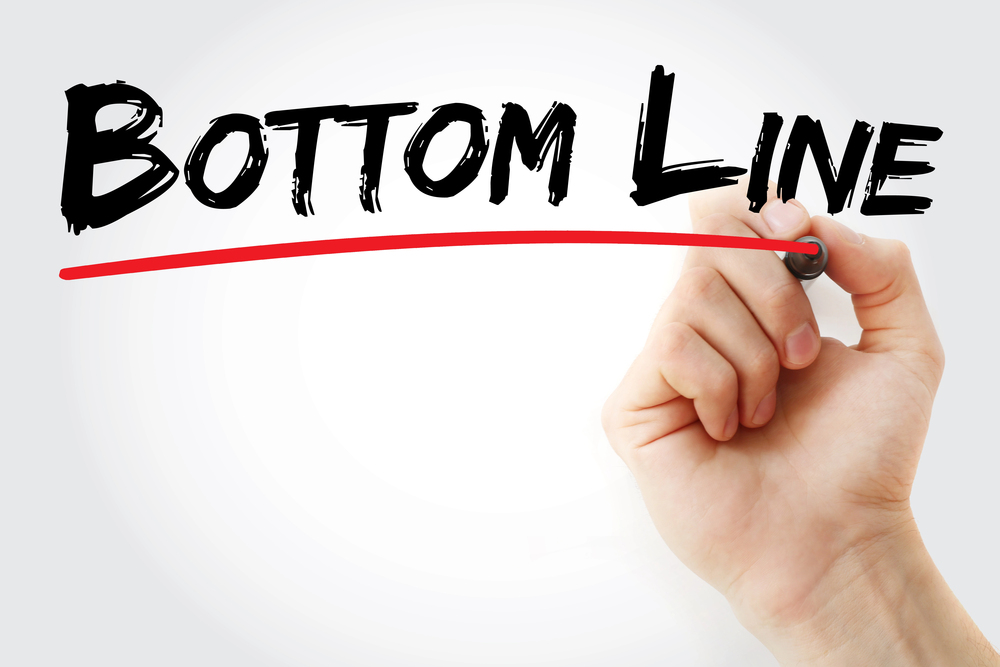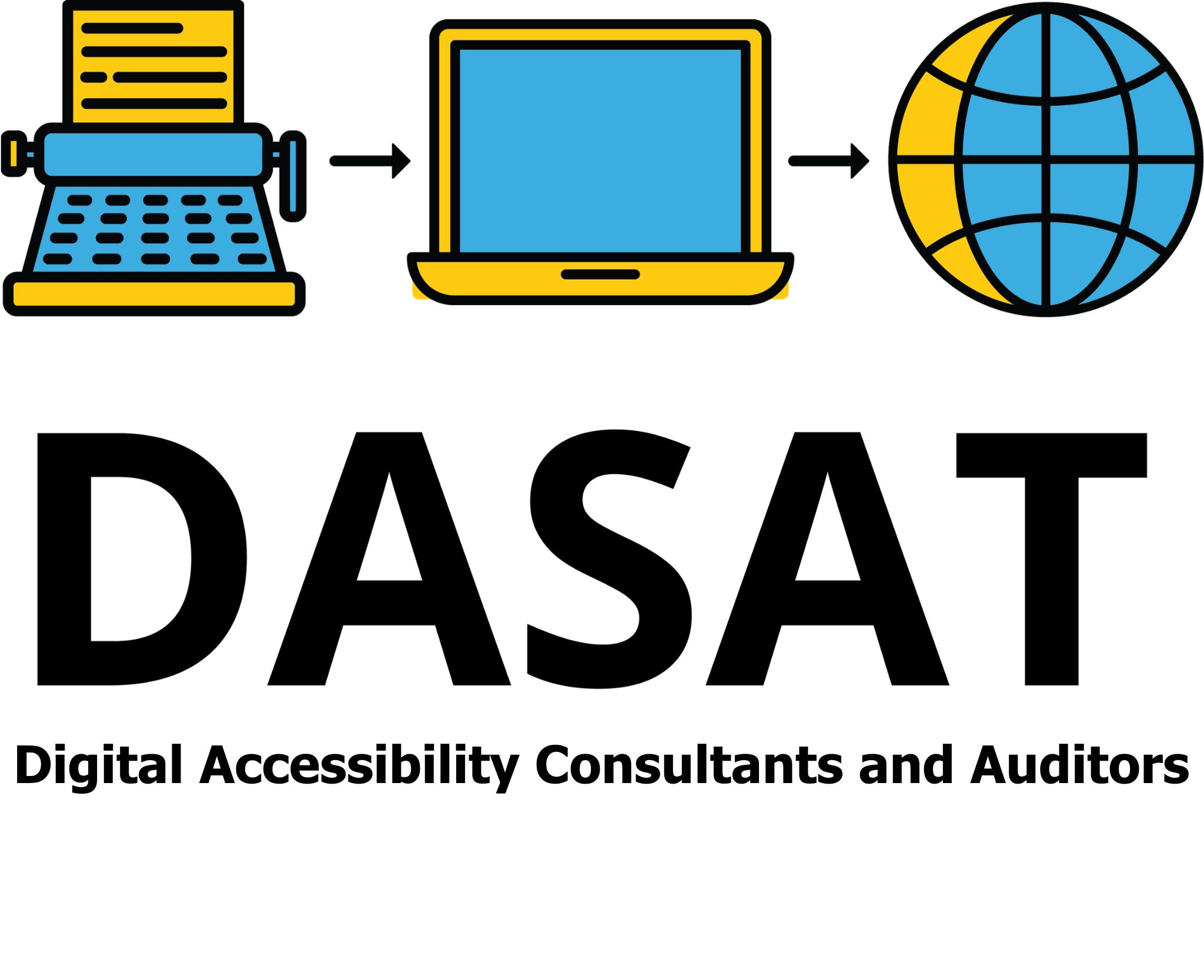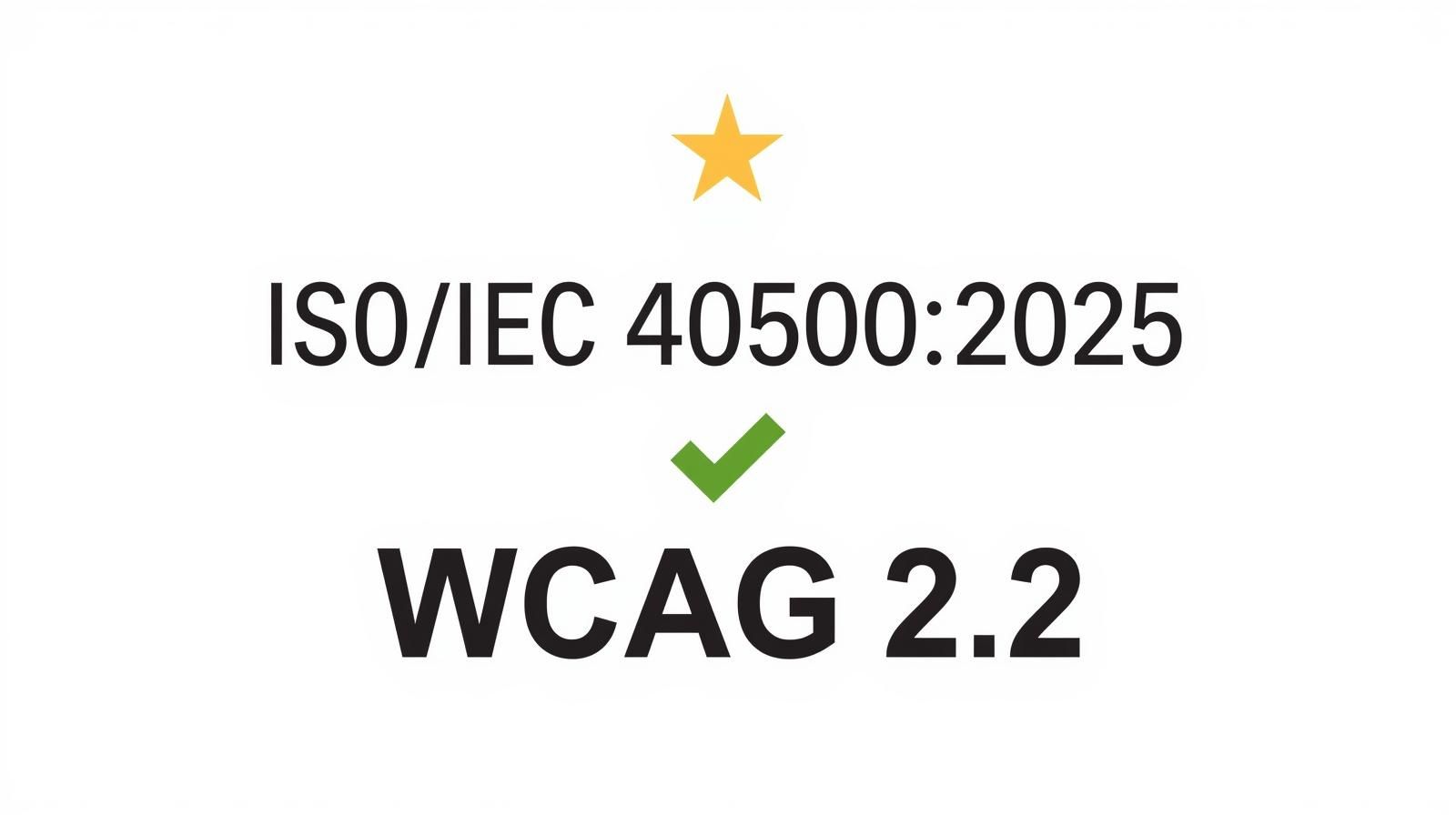WCAG 2.2 becomes ISO/IEC 40500:2025
The Web Content Accessibility Guidelines (WCAG 2.2) were published as the international standard ISO/IEC 40500:2025 in September 2025. This milestone gives WCAG 2.2 the formal recognition as an ISO/IEC standard. This makes it easier for governments, procurement teams, and organisations worldwide to reference and require accessibility as part of digital compliance.

What is ISO and IEC? Why does it Matter?
The International Organization for Standardization (ISO) creates global standards to make products, services, and processes safe, reliable, and high quality. The International Electrotechnical Commission (IEC) focuses on standards for electrical, electronic, and digital technologies. WCAG 2.2 being recognised as ISO/IEC 40500:2025 means it is accepted internationally and has strong technical credibility. This matters because businesses, governments, and suppliers can trust the standard, use it for compliance, include it in contracts, and measure accessibility consistently across digital products and services.
For WCAG 2.2, being adopted as ISO/IEC 40500:2025 means digital accessibility requirements are now embedded in the same global standards framework that underpins trusted systems like ISO 9001 (quality management) and ISO 27001 (information security).
The ISO publication doesn’t change the WCAG content. It formalises it as an internationally recognised standard that governments and industries can reference with confidence.
You can view the W3C’s announcement and resources on the W3C Accessibility Standards page.

The Benefits
- Stronger legal and procurement standing
Many governments and organisations prefer or require ISO standards in law, regulation, or procurement. Publishing WCAG 2.2 as ISO/IEC 40500:2025 removes uncertainty and strengthens its legal standing in digital accessibility compliance. - Global consistency
Multinational organisations can now rely on one unified, internationally recognised document instead of navigating different national accessibility references. - Clear baseline for compliance and auditing
The ISO text provides a common reference point for auditors, certification bodies, and internal compliance teams to assess accessibility performance. - Simplified policy alignment
Accessibility standards such as EN 301 549 in Europe, AS EN 301 549:2024 in Australia and other national frameworks can now directly reference ISO/IEC 40500:2025, promoting global alignment.

Key Changes Businesses Need to Make
The adoption of WCAG 2.2 as an ISO standard signal that it is now the expected global baseline. Businesses should act now to align policies, practices, and governance with the new requirements.
Update Policies and Contracts
- Revise accessibility policies, procurement templates, and vendor contracts to reference ISO/IEC 40500:2025 (WCAG 2.2).
- Include clear accessibility deliverables, acceptance criteria, and remediation timelines.
Adjust Testing and Quality Assurance
- Update testing plans to include WCAG 2.2 success criteria.
- Combine automated testing with user testing that includes people with disabilities.
Review and Remediate
- Conduct a gap analysis to identify where your website, app, or digital documents fall short.
- Prioritise fixes for high-traffic and high-impact areas.
- Learn more about accessibility audits and how they support compliance.
Strengthen Design and Development Practices
- Train teams on new WCAG 2.2 focus and interaction requirements.
- Embed accessibility checks into design systems and development pipelines.
- Explore WCAG design tips to help designers build accessible interfaces.
Enhance Procurement and Vendor Management
- Require vendors to provide accessibility evidence, such as an Accessibility Conformance Report (ACR).
- Ensure contracts include accessibility obligations and remediation rights.
Governance Structures and Business Actions
Strong governance ensures accessibility becomes part of everyday business operations. Not just a compliance task or a checkbox.
- Executive sponsorship: Assign senior leadership accountability for accessibility outcomes.
- Accessibility governance team: Form a cross-departmental team (including product, design, development, legal, and procurement).
- Policies, KPIs, and reporting: Set measurable accessibility goals and report progress regularly.
- Risk management: Include accessibility in compliance reviews and internal audit scopes.
- Capability building: Train staff, update component libraries, and fund remediation work.
- Legal and procurement alignment: Update policies, RFPs, and contracts to formally reference ISO/IEC 40500:2025.
For ongoing governance guidance, visit DASAT’s Accessibility Resources.

Who Needs to Comply?
- Public sector organisations: Many government agencies are already required to meet WCAG standards and will now reference the ISO version.
- Private sector businesses: Companies with public-facing websites, apps, and customer portals, including retail, finance, healthcare, and utilities.
- Suppliers and vendors: Agencies, developers, and SaaS providers delivering digital products to clients that must comply with accessibility standards.
- Procurement and compliance teams: Those responsible for contracts, policy alignment, and supplier assurance.
- Auditors and consultants: Professionals who assess accessibility compliance or provide assurance reports.

Practical 90-Day Checklist
- Update internal policies to reference ISO/IEC 40500:2025 (WCAG 2.2).
- Conduct a high-level accessibility audit.
- Prioritise high-impact remediation tasks.
- Update all digital accessibility clauses in RFPs and contracts.
- Create a reporting and governance process to track accessibility progress.
Where to Learn More

Final Thought
Adopting ISO/IEC 40500:2025 (WCAG 2.2) is more than a compliance exercise. It is an opportunity to make your digital services truly inclusive. By updating policies, remediating digital content, and embedding accessibility into governance and procurement, businesses not only meet international standards but also improve user experience for all. The time to act is now: aligning with the ISO standard will protect your organisation, strengthen trust with customers, and demonstrate leadership in digital accessibility.

